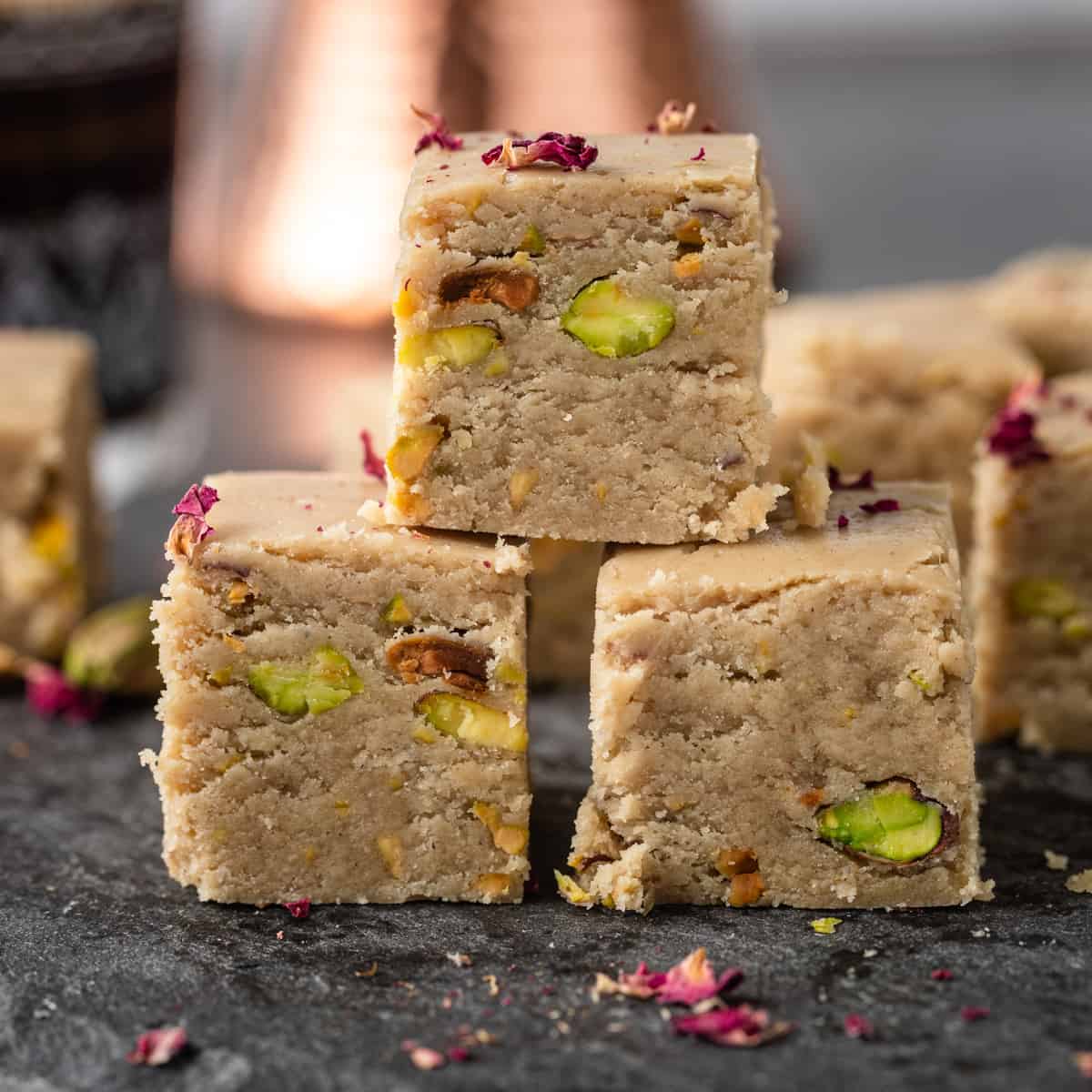

Articles
How To Store Halva
Modified: December 7, 2023
Discover the best way to store halva and keep it fresh for longer. Read our informative articles to learn expert tips and tricks for preserving the taste and texture of this popular dessert.
(Many of the links in this article redirect to a specific reviewed product. Your purchase of these products through affiliate links helps to generate commission for Storables.com, at no extra cost. Learn more)
Introduction
Halva is a delicious and indulgent treat enjoyed by people all over the world. Originating from various regions and cultures, halva is a sweet confection made from ingredients such as sesame seeds, nuts, sugar, and various flavorings. Whether you prefer the traditional tahini-based halva or the variation made with semolina, proper storage is essential to maintain its flavor, texture, and freshness.
In this article, we will explore the importance of proper storage for halva and provide you with useful tips to ensure that your halva stays delectable for as long as possible. By following these guidelines, you can enjoy the rich and irresistible taste of halva anytime you desire.
Key Takeaways:
- Proper storage is crucial for maintaining the quality and taste of halva, ensuring its freshness and preventing spoilage. Factors such as temperature, humidity, and packaging play a key role in preserving this delectable treat.
- Understanding the signs of spoilage and the best practices for storing, packaging, and monitoring halva is essential for enjoying its rich and delightful taste. By following proper storage methods, you can savor every bite and relish in the delectable sweetness of this beloved confection.
Read more: How To Store Basil From Store
Why Proper Storage is Important for Halva
Proper storage is crucial for maintaining the quality and taste of halva. When not stored correctly, halva can lose its freshness, become dry and crumbly, or develop an unpleasant texture. Additionally, exposure to air, moisture, and heat can cause the oils in halva to go rancid, resulting in an off-putting taste and odor.
By storing halva properly, you can extend its shelf life and preserve its delectable flavor. This is especially important if you have purchased halva in bulk or received it as a gift, as you may not consume it all at once.
Additionally, improper storage can lead to the growth of mold or other microorganisms, posing health risks if consumed. To ensure that your halva remains safe to eat, it is imperative to follow the correct storage methods.
Furthermore, maintaining the quality of halva is essential for maximizing your enjoyment of this sweet treat. The right storage conditions will help to retain its soft and chewy texture, as well as prevent any flavor loss or alteration. By storing halva properly, you can savor its rich and delightful taste, just as it was intended.
Now that we understand the importance of proper storage for halva, let us explore the factors to consider when storing this beloved confection.
Factors to Consider When Storing Halva
When it comes to storing halva, there are several factors to consider to ensure its longevity and quality. By paying attention to these factors, you can preserve the flavor, texture, and freshness of your halva for an extended period. Here are the key factors:
- Temperature: Halva is best stored at a cool and stable temperature. High temperatures can cause the sugar or oil in the halva to become sticky or separate, affecting its texture and taste. Avoid storing halva in areas that are exposed to direct sunlight or near heat sources such as ovens or stovetops.
- Humidity: Halva is sensitive to moisture and can become sticky or develop mold when exposed to high humidity. It is important to store halva in a dry environment to prevent any moisture absorption.
- Airtight container: To protect halva from exposure to air and prevent it from drying out, store it in an airtight container. This will help maintain its freshness and preserve its soft and chewy texture.
- Odor absorption: Halva can easily absorb odors from its surroundings. To prevent this, ensure that the container you use for storage is odor-free. Consider using containers specifically designed for storing food to maintain the integrity of the halva’s flavor.
- Separate flavors: If you have different flavors of halva, it is advisable to store them separately or in different containers. This will prevent the flavors from blending together and compromising the taste of each variety.
By considering these factors, you can create the ideal storage environment for your halva. In the next section, we will explore the best practices for storing halva based on these factors.
Best Practices for Storing Halva
To ensure that your halva stays fresh, delicious, and free from spoilage, it is important to adhere to the following best practices for storing halva:
- Choose the right container: Opt for an airtight container that is specifically designed for food storage. This will help seal in the freshness and protect the halva from exposure to air and moisture. Plastic containers with tight-fitting lids or glass jars with rubber seals are ideal options.
- Keep it cool: Store halva at a cool temperature, ideally between 50°F and 68°F (10°C and 20°C). Avoid storing it in areas with high heat or fluctuations in temperature, such as near appliances or in direct sunlight.
- Avoid humid environments: Halva is prone to absorbing moisture, which can cause it to become sticky or develop mold. Keep it away from humid areas like the kitchen or bathroom to maintain its quality.
- Store in a dark place: Exposure to light can affect the taste and texture of halva over time. Store it in a dark pantry or cupboard to protect it from light exposure.
- Separate different flavors: If you have multiple flavors of halva, store each flavor in a separate container to avoid flavor transfer and maintain the distinctive taste of each variety.
- Do not refrigerate for extended periods: While refrigeration can prolong the shelf life of halva, it can also cause it to harden and lose its soft texture. Avoid refrigerating halva for extended periods unless necessary.
- Rotate stock: If you have a large quantity of halva, it is advisable to rotate the stock by consuming the older batches first. This ensures that you always enjoy fresh halva and minimizes the chances of spoilage.
By following these best practices, you can maintain the quality and deliciousness of your halva for an extended period. Whether you are storing it for a few days or several weeks, these guidelines will help you enjoy every bite of your halva.
In the next section, we will discuss different methods of storing halva based on the temperature conditions.
Storing Halva at Room Temperature
One of the most common methods of storing halva is at room temperature. When stored correctly, halva can maintain its texture, taste, and freshness for an extended period. Here are some steps to follow when storing halva at room temperature:
- Choose the right container: Select an airtight container that is large enough to accommodate the halva without squishing or breaking it. Make sure the container has a tight-fitting lid to seal in the freshness.
- Prepare the halva: If your halva comes in a block or slab form, cut it into individual portions or slices. By doing this, you can easily access a single serving of halva without exposing the entire batch to air and moisture.
- Wrap each piece: Individually wrap each piece of halva in wax paper or parchment paper to prevent them from sticking to each other. This will also help maintain the shape and prevent any flavor transfer between different flavors of halva.
- Place in the container: Arrange the wrapped pieces of halva in the container, making sure there is space between each piece to prevent them from sticking together. Fill the container with halva, leaving some room at the top for air circulation.
- Seal and store: Close the container tightly and store it in a cool, dry place away from direct sunlight, heat sources, and humidity. A pantry or cupboard is an ideal location.
- Check regularly: Periodically check the halva for any signs of spoilage, such as mold, off-putting smell, or change in texture. If you notice any of these signs, discard the affected portion and store the remaining halva separately to prevent contamination.
By following these steps, you can enjoy fresh and delectable halva at room temperature. However, it is important to note that room temperature storage is suitable for short-term storage. If you plan to store halva for longer durations, it is advisable to consider refrigeration or freezing methods, which we will discuss in the next sections.
In the following sections, we will explore the guidelines for refrigerating and freezing halva, and provide tips for packaging halva for storage.
Store halva in an airtight container at room temperature, away from direct sunlight and moisture. It can also be refrigerated for longer shelf life.
Read more: How To Store Store-Bought Bread
Refrigerating Halva
Refrigeration is a popular method for storing halva, especially if you want to extend its shelf life and maintain its freshness. However, it is important to follow proper guidelines to ensure that the halva remains delicious and retains its texture. Here are the steps for refrigerating halva:
- Prepare the halva: If your halva is in a block or slab form, cut it into individual portions or slices. This will make it easier to access a single serving without exposing the entire batch to air and moisture.
- Wrap each piece: Individually wrap each piece of halva in wax paper or parchment paper. This prevents the pieces from sticking together and allows for easy removal when you are ready to enjoy them.
- Place in an airtight container: Arrange the wrapped pieces of halva in an airtight container. Make sure the container is large enough to accommodate the halva without crushing it. Ensure the lid is tightly sealed to prevent air and moisture from entering.
- Label and date the container: To keep track of the storage duration, label the container with the date of storage. This will help you determine the freshness of the halva and ensure you consume it within a reasonable timeframe.
- Store in the refrigerator: Place the container of halva in the refrigerator, preferably in the main part of the fridge and not in the door where temperatures may fluctuate. Ensure it is kept away from pungent foods or strong-smelling items to prevent any flavor absorption.
- Monitor for spoilage: Regularly check the halva for any signs of spoilage, such as mold growth, off-putting aroma, or changes in texture. If you detect any of these signs, discard the affected portion and store the rest of the halva separately to avoid cross-contamination.
- Bring to room temperature before consuming: When you are ready to enjoy the refrigerated halva, take it out of the refrigerator and allow it to come to room temperature before unwrapping and indulging. This will restore its soft and chewy texture.
Refrigerating halva can help prolong its shelf life, but it is important to note that prolonged refrigeration can cause the halva to become harder in texture. Therefore, it is generally recommended to consume refrigerated halva within a few weeks for the best taste and texture.
In the next section, we will discuss the freezing method for storing halva, which can extend its shelf life even further.
Freezing Halva
If you have a surplus amount of halva or want to store it for an extended period, freezing is an effective method to preserve its flavor and texture. Freezing halva can significantly lengthen its shelf life while maintaining its deliciousness. Here’s how to freeze halva:
- Prepare the halva: Cut the halva into individual portions or slices. This will make it easier to thaw and enjoy a single serving at a time without exposing the entire batch to air.
- Wrap each piece: Individually wrap each portion of halva in plastic wrap or place them in freezer-safe zip-lock bags. Make sure the wrapping is tight to prevent freezer burn and to maintain the halva’s moisture.
- Label and date: Before placing the wrapped halva in the freezer, be sure to label each package with the date of freezing. This will help you keep track of the halva’s freshness and consumption timeline.
- Arrange in a freezer-safe container: Place the individually wrapped halva portions in a freezer-safe container or bag. This will help keep them organized and prevent them from getting crushed or damaged in the freezer.
- Seal and freeze: Seal the container or bag tightly to prevent the halva from being exposed to air and moisture. Place it in the freezer, preferably in a location where it will not be disturbed.
- Thaw before consuming: When you’re ready to enjoy the frozen halva, remove it from the freezer and let it thaw in the refrigerator overnight or at room temperature for a few hours. Thawing gradually will help the halva regain its soft and chewy texture.
- Consume within a reasonable timeframe: While frozen halva can maintain its quality for several months, it is best to consume it within three to six months for the best flavor and texture.
By following these steps, you can safely freeze halva and enjoy it whenever a craving strikes. Freezing is a great option for bulk purchases or when you want to have halva available for later consumption.
In the next section, we will provide some useful tips for packaging halva for storage, regardless of whether you choose to store it at room temperature, in the refrigerator, or in the freezer.
Tips for Packaging Halva for Storage
Proper packaging is essential for maintaining the freshness and quality of halva during storage. By following these tips, you can ensure that your halva remains delicious and free from spoilage:
- Choose the right packaging materials: Use materials such as wax paper, parchment paper, or plastic wrap to wrap individual portions of halva. These materials will prevent the halva from sticking together and protect it from air and moisture.
- Avoid exposing halva to air: Whether storing at room temperature, in the refrigerator, or in the freezer, ensure that the halva is properly sealed in an airtight container or wrapped tightly in packaging materials. This will prevent air exposure, which can lead to drying or loss of flavor.
- Label and date the packaging: Remember to label each package with the date of storage. This helps you keep track of the halva’s freshness and consumption timeline, especially when storing for extended periods.
- Use separate containers for different flavors: If you have different flavors of halva, it is wise to store them in separate containers to avoid flavor transfer. This way, each variety of halva can retain its distinct taste.
- Store in a cool and dark place: Whether storing at room temperature or in the refrigerator, choose a location away from direct sunlight and heat sources. This helps maintain a stable temperature and prevents the halva from melting or becoming sticky.
- Organize and protect in the freezer: If freezing halva, use a freezer-safe container and arrange the individually wrapped portions in an organized manner. This protects the halva from getting damaged or crushed by other items in the freezer.
- Thaw with care: When it’s time to thaw frozen halva, do so slowly in the refrigerator or at room temperature. Avoid using a microwave or hot water as this can change the halva’s texture and affect its taste.
- Discard any spoiled halva: Regularly check the packaged halva for signs of spoilage, such as mold, unusual odors, or changes in texture. If any portion appears spoiled, discard it immediately to prevent contamination.
By following these packaging tips, you can ensure that your halva stays fresh, flavorful, and enjoyable throughout its storage period. Whether you choose to store halva at room temperature, in the refrigerator, or in the freezer, proper packaging is key to maintaining its quality.
Now that you have learned about the best practices for storing halva and packaging it for storage, you can confidently enjoy this delectable treat whenever you desire.
Let’s move on to the next section to learn about the signs of spoilage and when to discard halva.
Signs of Spoilage and When to Discard Halva
While halva can have a long shelf life if stored properly, it is important to be vigilant for any signs of spoilage. Paying attention to these indicators will ensure that you consume halva that is safe and of the highest quality. Here are the signs to watch for and when to discard halva:
- Mold: One of the most obvious signs of spoilage is the presence of mold on the surface of the halva. Mold can appear as fuzzy spots or greenish patches. If you notice any signs of mold, it is crucial to discard the halva immediately as it can pose health risks.
- Off-putting smell: Halva should have a pleasant aroma. If you detect any unusual or unpleasant odors, such as a sour or rancid smell, it is a strong indication that the halva has gone bad. In this case, it is best to err on the side of caution and discard the halva.
- Texture changes: Fresh halva has a soft and chewy texture. If you notice that the halva has become excessively dry, crumbly, or hard, it may be a sign of deterioration. Such texture changes can occur due to improper storage or prolonged exposure to air. It is advisable to discard halva with compromised texture.
- Discoloration: Halva should maintain its original color. Any significant changes in color, such as darkening or unusual splotches, could be an indication of spoilage. If the color seems abnormal, it is safer to discard the halva.
- Taste alteration: Halva has a distinct and enjoyable taste. If you notice any significant changes in flavor, such as a sour or bitter taste, it is best to avoid consuming it. Unusual taste alteration can be a sign of spoilage or degradation of the ingredients.
It is important to note that these signs of spoilage can vary depending on the type of halva and its specific ingredients. Always trust your senses and use your discretion when evaluating the freshness and safety of halva.
If you encounter any of these signs, it is crucial to discard the halva to avoid potential health risks. Do not consume halva that appears spoiled as it may lead to digestive issues or other health complications.
By being observant and regularly checking your halva for these signs, you can ensure that you consume halva that is safe, fresh, and enjoyable.
In the concluding section, we will summarize the key points discussed and emphasize the importance of proper storage for halva.
Read more: How To Store Basil From Grocery Store
Conclusion
Proper storage is essential for maintaining the flavor, texture, and freshness of halva. By following the guidelines outlined in this article, you can ensure that your halva remains delicious and enjoyable for as long as possible.
Whether you choose to store halva at room temperature, in the refrigerator, or in the freezer, there are key factors to consider. Temperature, humidity, airtight containers, and separation of flavors are important considerations to keep in mind when storing halva.
Storing halva at room temperature requires using airtight containers, while refrigeration can extend its shelf life while maintaining its texture. Freezing halva is ideal for long-term storage, but it’s important to thaw it properly before consuming.
Packaging halva correctly is crucial in preserving its freshness and protecting it from air and moisture. By individually wrapping halva portions and using suitable containers, you can effectively store halva and prevent spoilage.
Knowing the signs of spoilage, such as mold, off-putting smell, texture changes, discoloration, or taste alteration, will help you determine when to discard halva. Paying attention to these signs is vital for your safety and the enjoyment of halva.
In conclusion, by following the best practices for storage, packaging, and monitoring of halva, you can extend its shelf life, preserve its quality, and continue to indulge in this irresistible treat. So, store your halva properly, savor every bite, and relish in the delectable sweetness of this beloved confection.
Remember, proper storage not only ensures the longevity and freshness of halva but also enhances your overall enjoyment of this delightful treat!
Frequently Asked Questions about How To Store Halva
Was this page helpful?
At Storables.com, we guarantee accurate and reliable information. Our content, validated by Expert Board Contributors, is crafted following stringent Editorial Policies. We're committed to providing you with well-researched, expert-backed insights for all your informational needs.

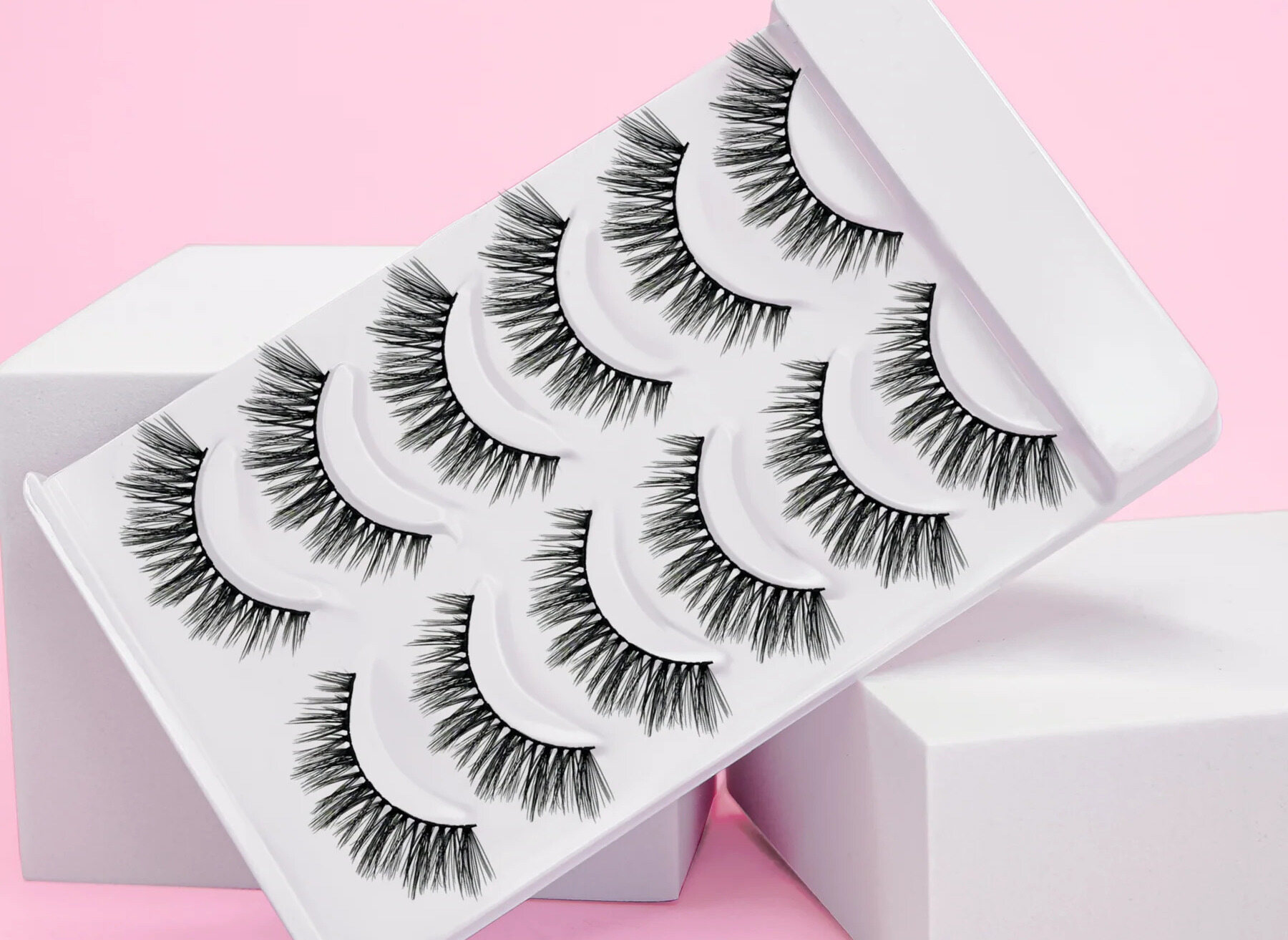
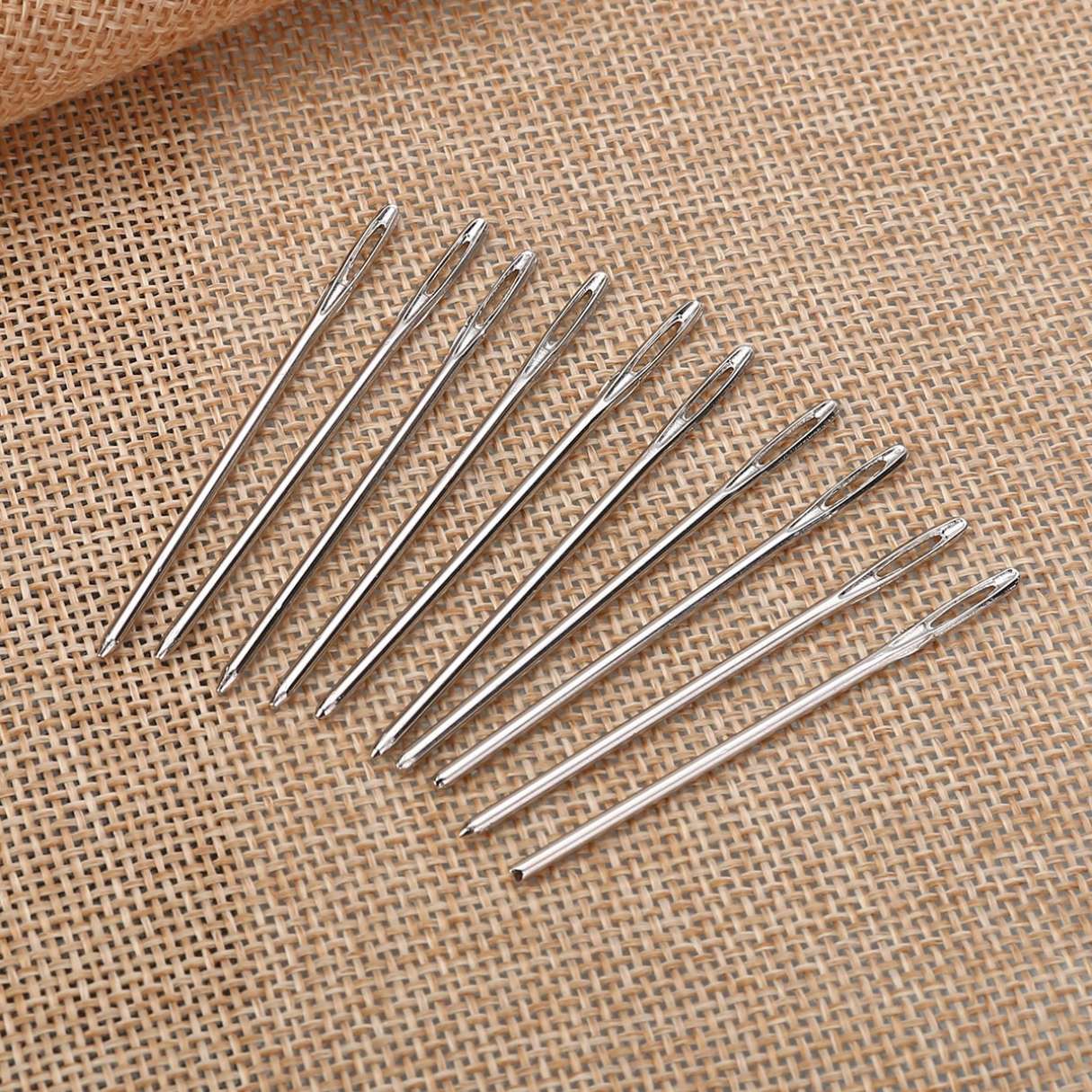

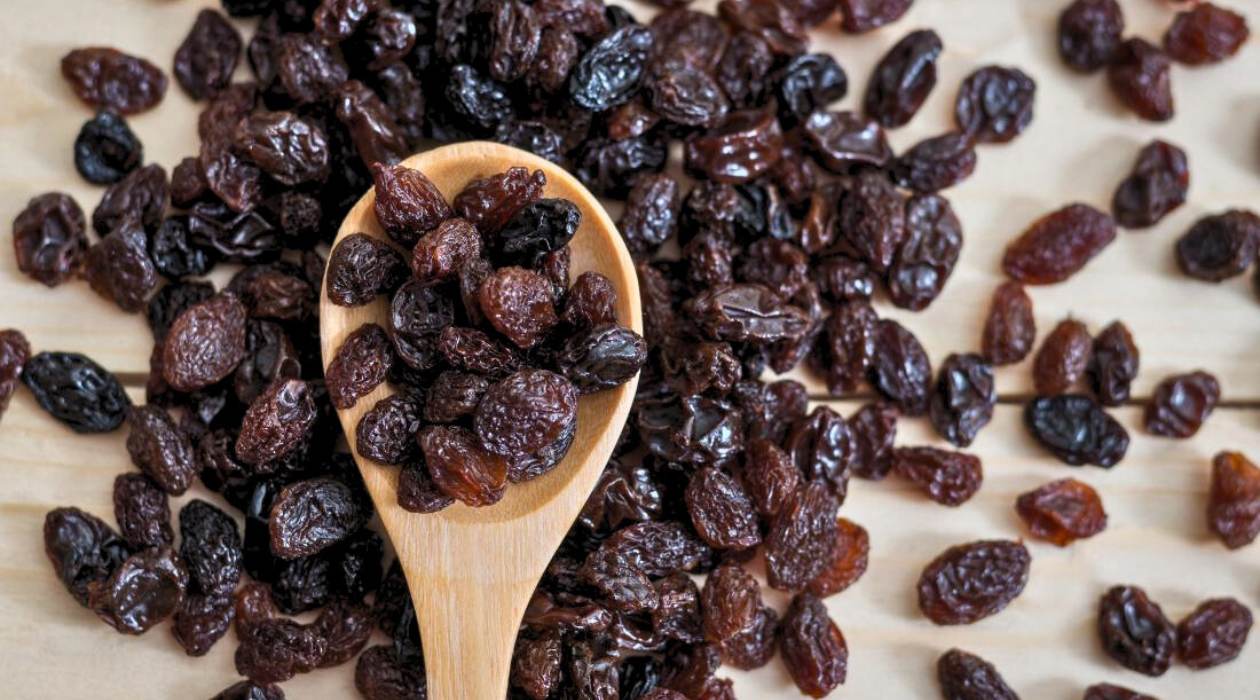
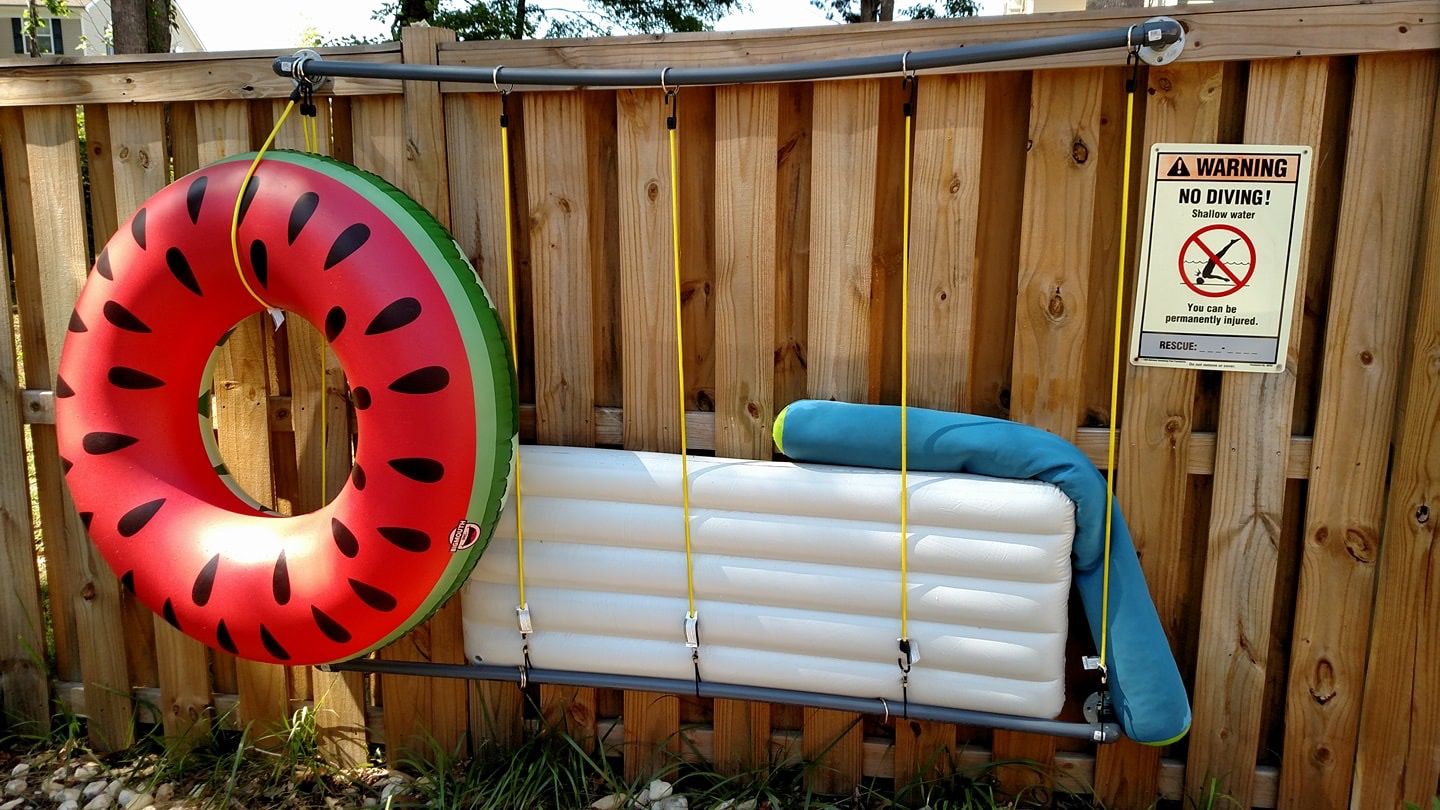
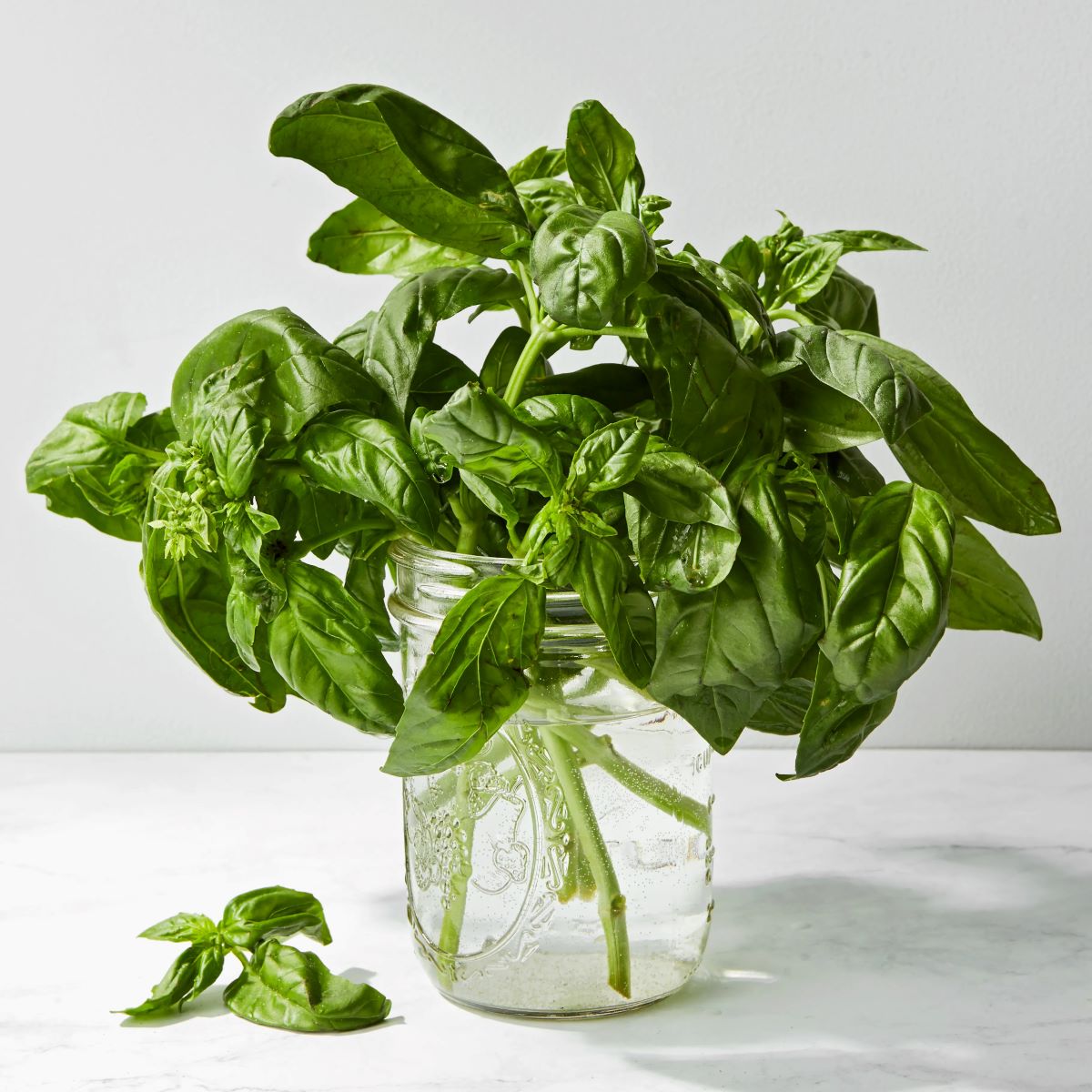
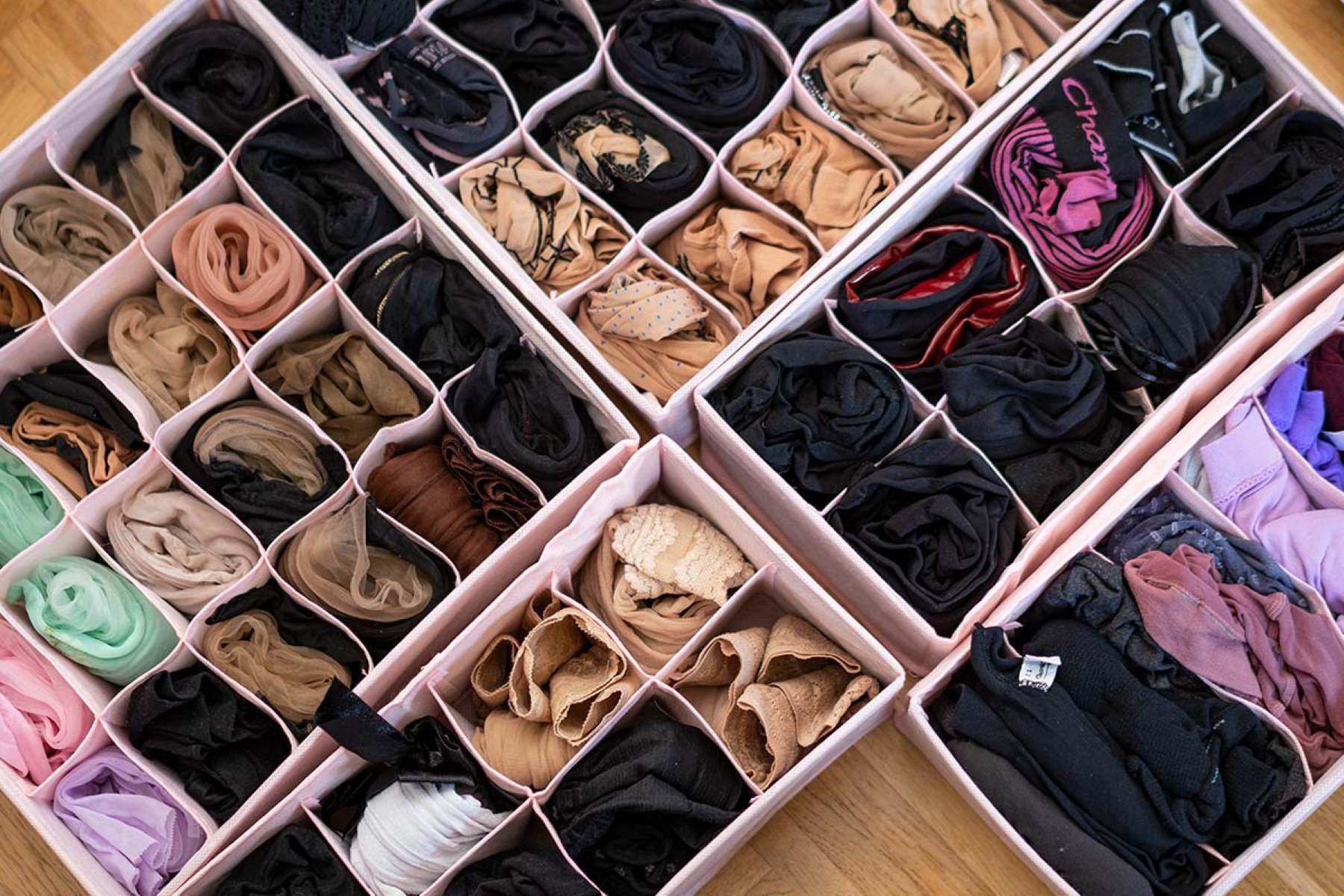
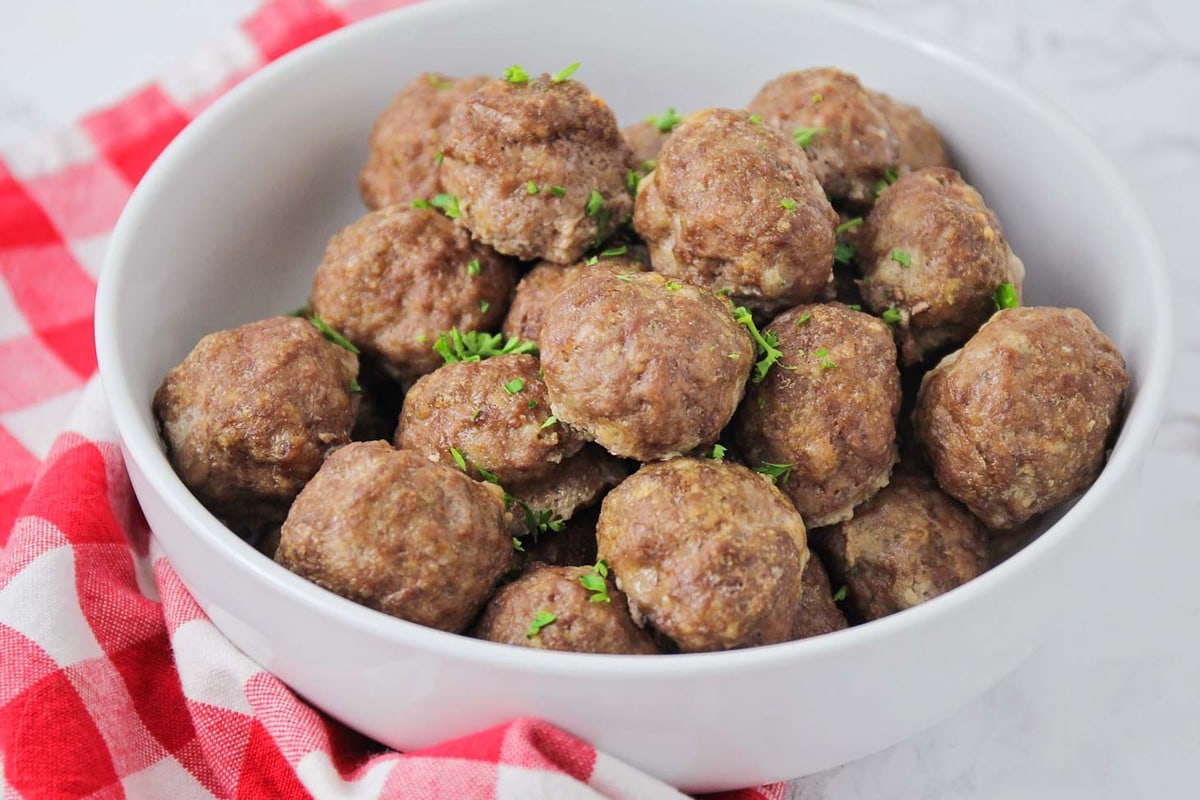
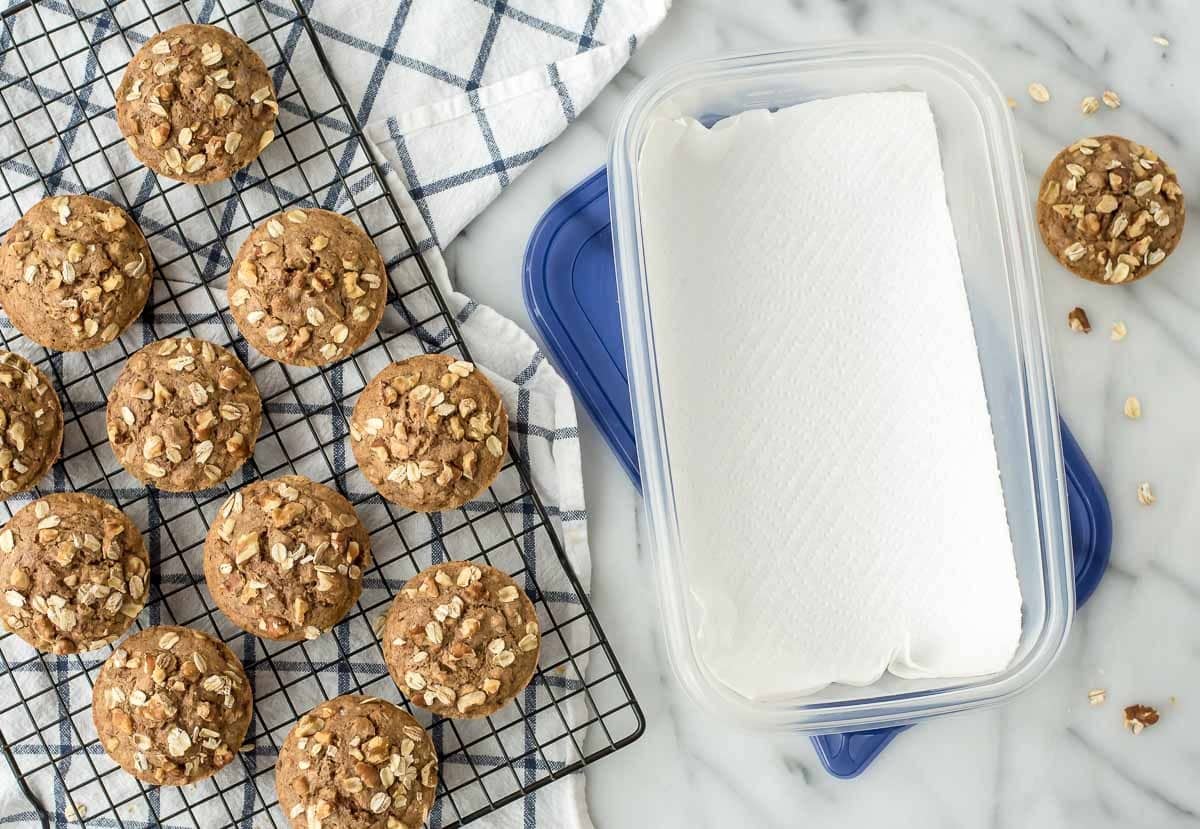




0 thoughts on “How To Store Halva”